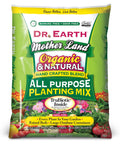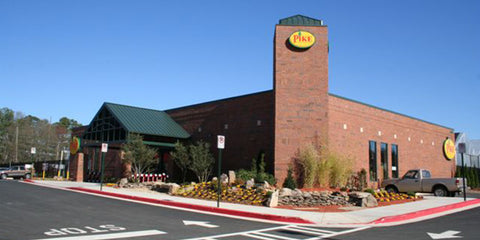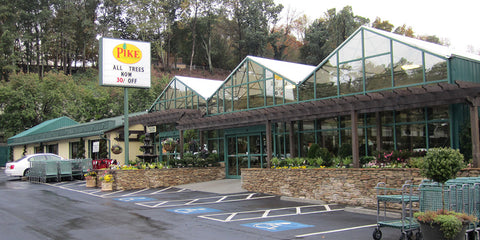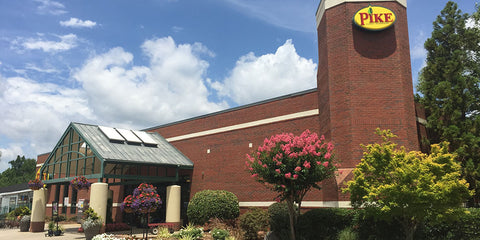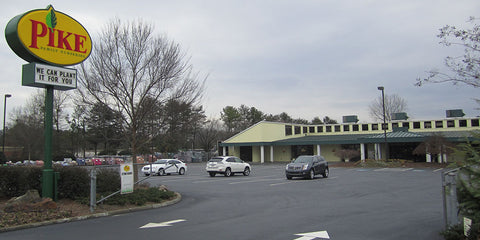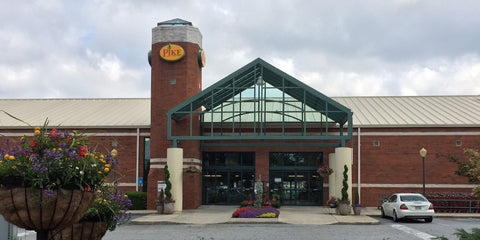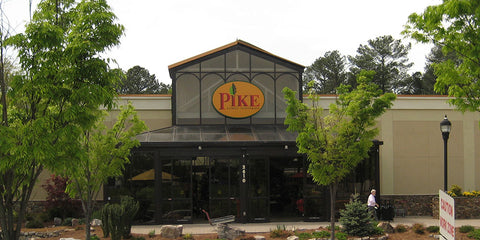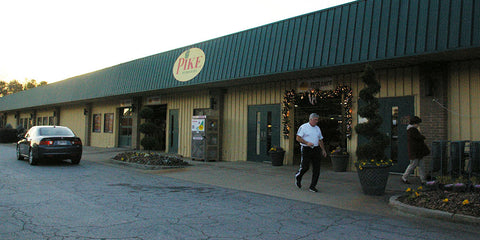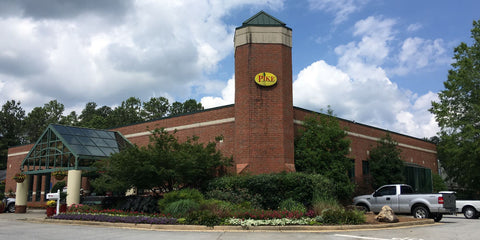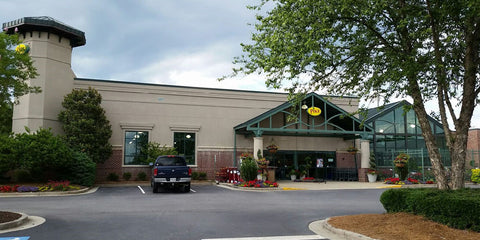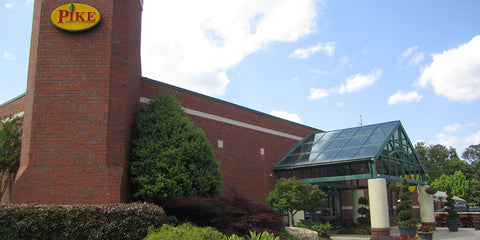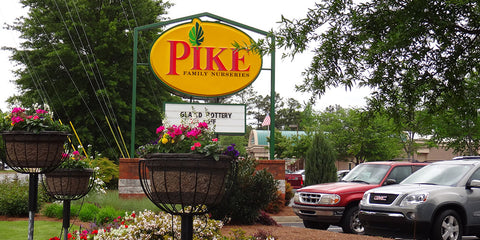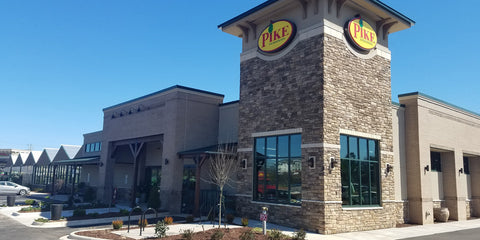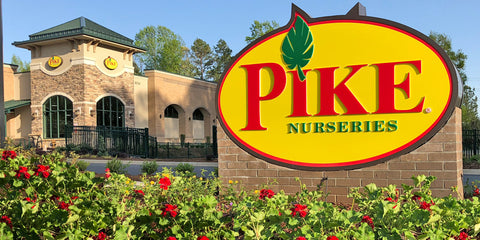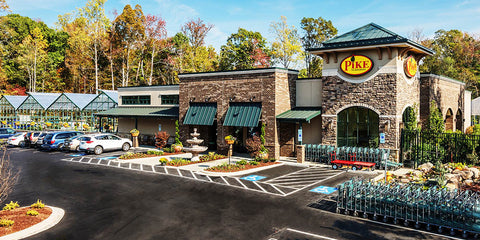Details
Densiformis Yew is a dense multi-stemmed evergreen shrub with an upright spreading habit of growth. Its relatively fine texture sets it apart from other landscape plants with less refined foliage.
This is a relatively low maintenance shrub, and can be pruned at anytime. It has no significant negative characteristics.
Densiformis Yew is recommended for the following landscape applications:
- Mass Planting
- Hedges/Screening
- General Garden Use
- Topiary
Features
Densiformis Yew has forest green foliage which emerges light green in spring. The ferny leaves remain forest green throughout the winter. The flowers are not ornamentally significant. The fruits are showy red drupes displayed from early to late fall.
Care
Planting & Growing
Densiformis Yew will grow to be about 3 feet tall at maturity, with a spread of 5 feet. It tends to fill out right to the ground and therefore doesn't necessarily require facer plants in front. It grows at a slow rate, and under ideal conditions can be expected to live for 50 years or more.
This shrub performs well in both full sun and full shade. It does best in average to evenly moist conditions, but will not tolerate standing water. It is not particular as to soil type or pH. It is highly tolerant of urban pollution and will even thrive in inner city environments, and will benefit from being planted in a relatively sheltered location. Consider applying a thick mulch around the root zone in winter to protect it in exposed locations or colder microclimates. This particular variety is an interspecific hybrid, and parts of it are known to be toxic to humans and animals, so care should be exercised in planting it around children and pets.



